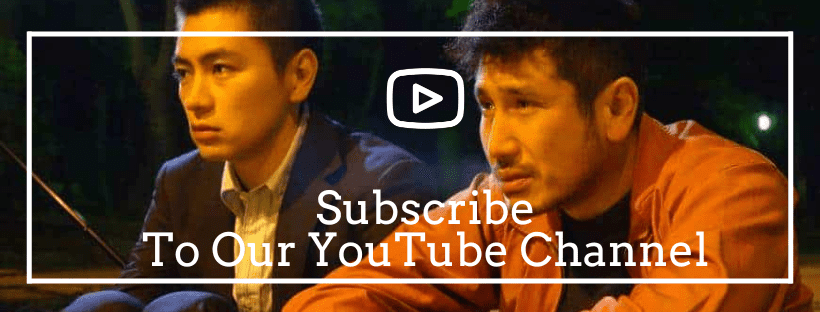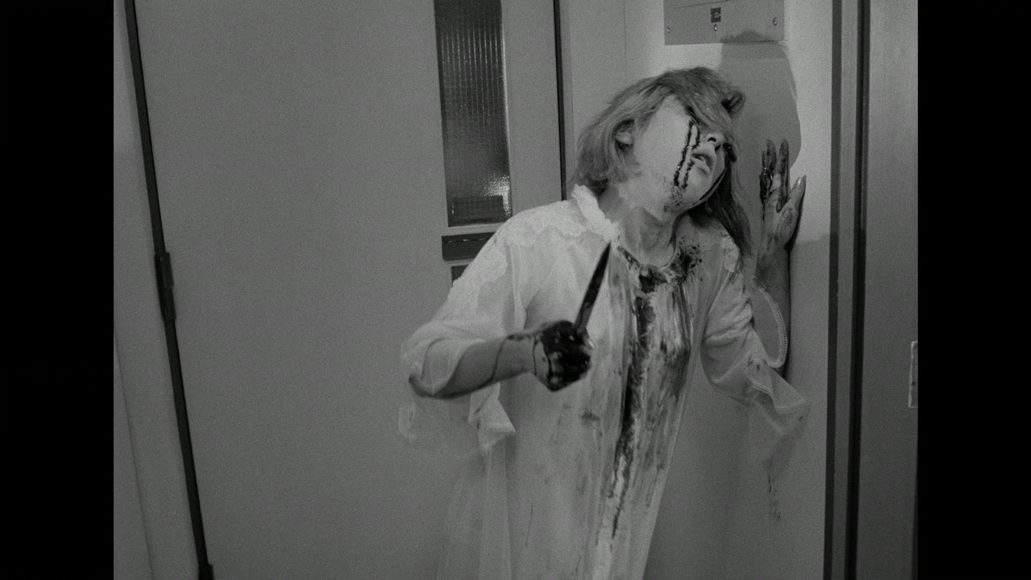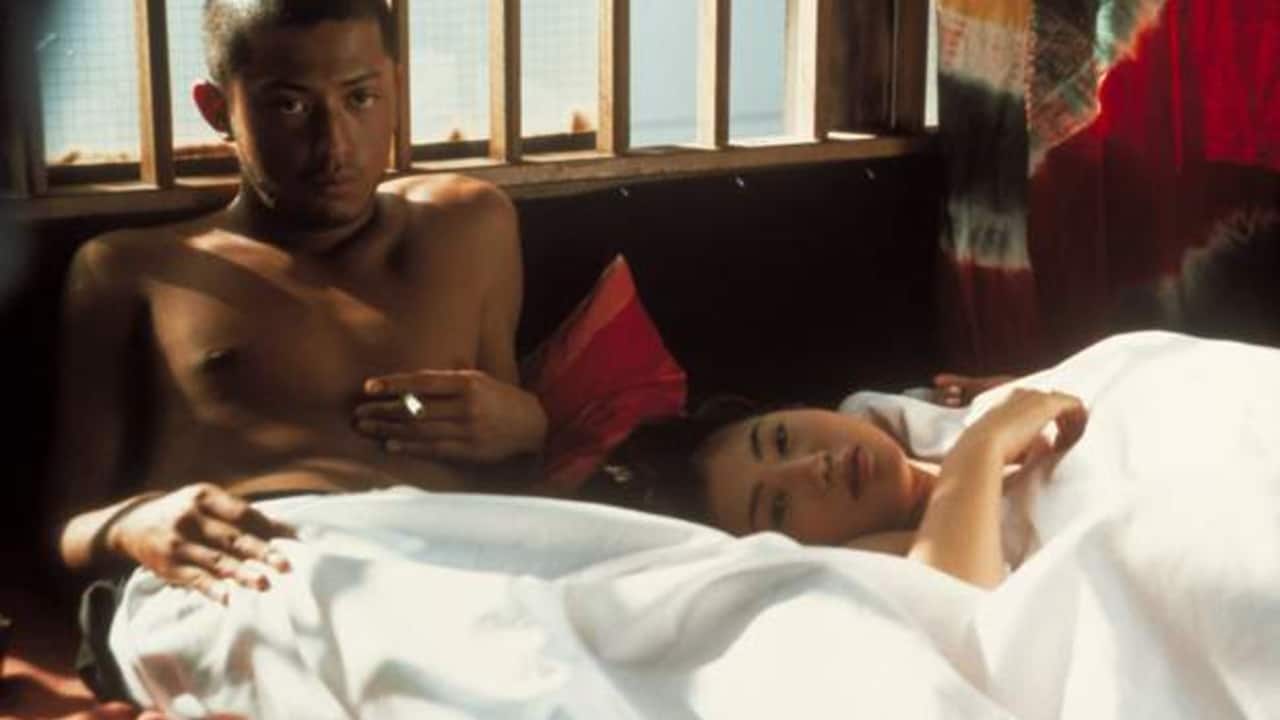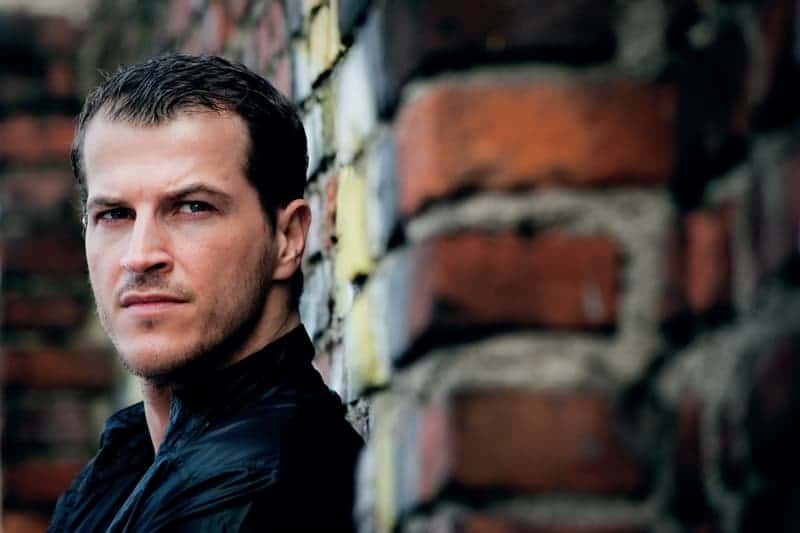Sadao Nakajima passed away from pneumonia on 11th June, 2023. He was 88 years old. Active as a director until just four years before his passing, Nakajima left behind legacy of work that most directors would dream of. Alongside Kinji Fukasaku and Junya Sato, he is credited as being one of the main names to define the Yakuza genre, with some of his greatest works coming within that genre, showcasing a range of styles and narrative complexities while at it. Having joined Toei Studio in 1959, he worked primarily at Toei's Kyoto studio, despite running his contract out and going independent in 1967. In fact, the majority of the titles we list here are productions from after he left Toei as a contracted director and yet continued to work for the Studio as a freelancer, likely because of the freedom it provided him and his relationship with their existing roster of actors and crew, all the way down to his final film, which came in 2019.
Without further ado, let's take a look at 10 great works that Nakajima produced in the yakuza genre, in chronological order.
1. Code Between Brothers 6 (1967)

Sadao Nakajima stepped into the director's shoes for “Code Between Brothers 6”, the sixth film in only two years in the series which was spearheaded by Kosaku Yamashita. An excellent ninkyo eiga which revels very much in the yakuza code, while also developing a narrative that focuses mainly on the struggle between birth brothers Katsugoro and Seikichi, the former an ex-yakuza gone straight who also wants to veer his younger brother onto the straight path. This production goes to show that Sadajima was just as adept at the ninkyo eiga as he was at the jitsuroku that made his name later.
2. Aesthetics of a Bullet (1973)
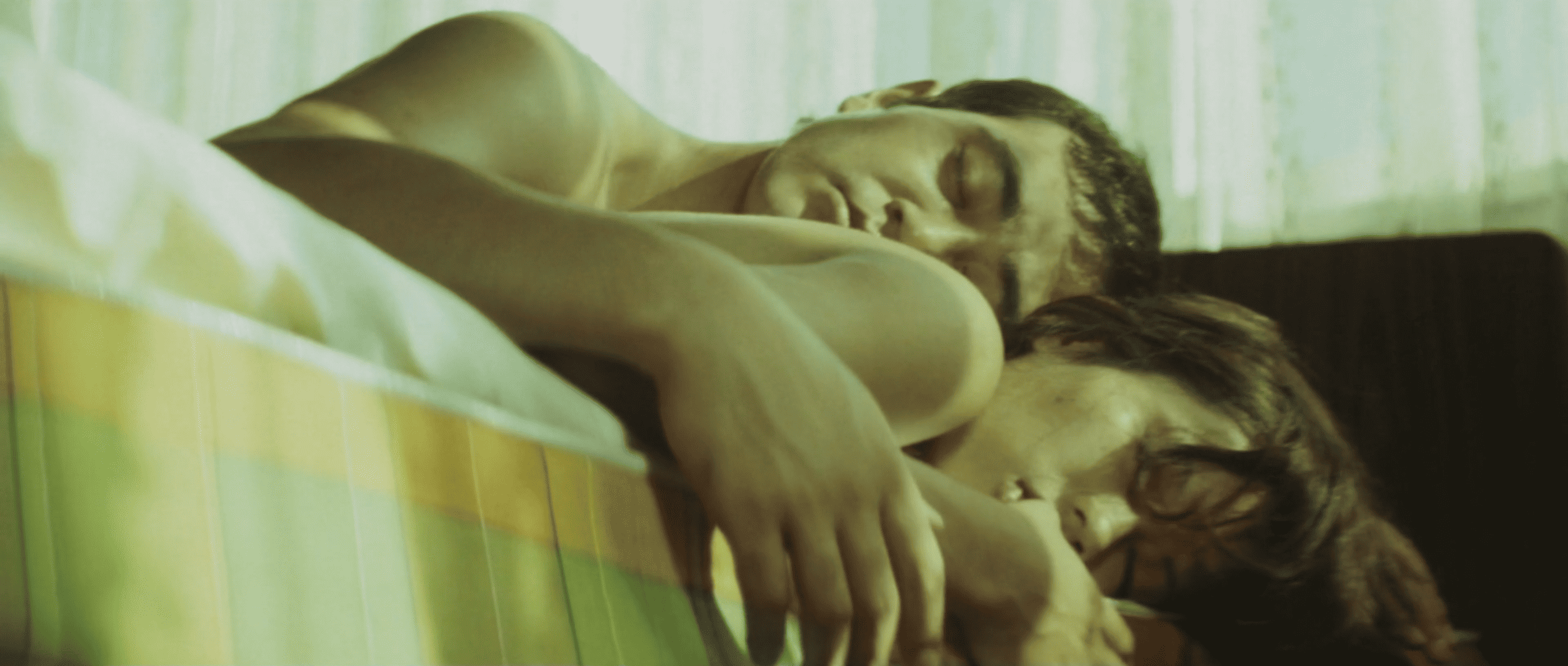
A rarity on this list, as it is the only feature here that Nakajima did not do for Toei. Instead, it was produced by the Art Theatre Guild, who of course released mostly Japanese New Wave and arthouse productions. As such, “Aesthetics of a Bullet” is a terrific character study by way of a deconstructed yakuza film, reveling in the excess that comes with the yakuza lifestyle. Led by a wonderful Tsunehiko Watase in striking form and the lovely Miki Sugimoto is one of her best works, the feature begins in style, with an opening credits showcasing all the excess and hedonism of Japanese society scored by a don't-mess-with-me punk song, and never lets up in style either in its cinematographic musical choices.
Check also this article
3. The Violent Money Network (1975)
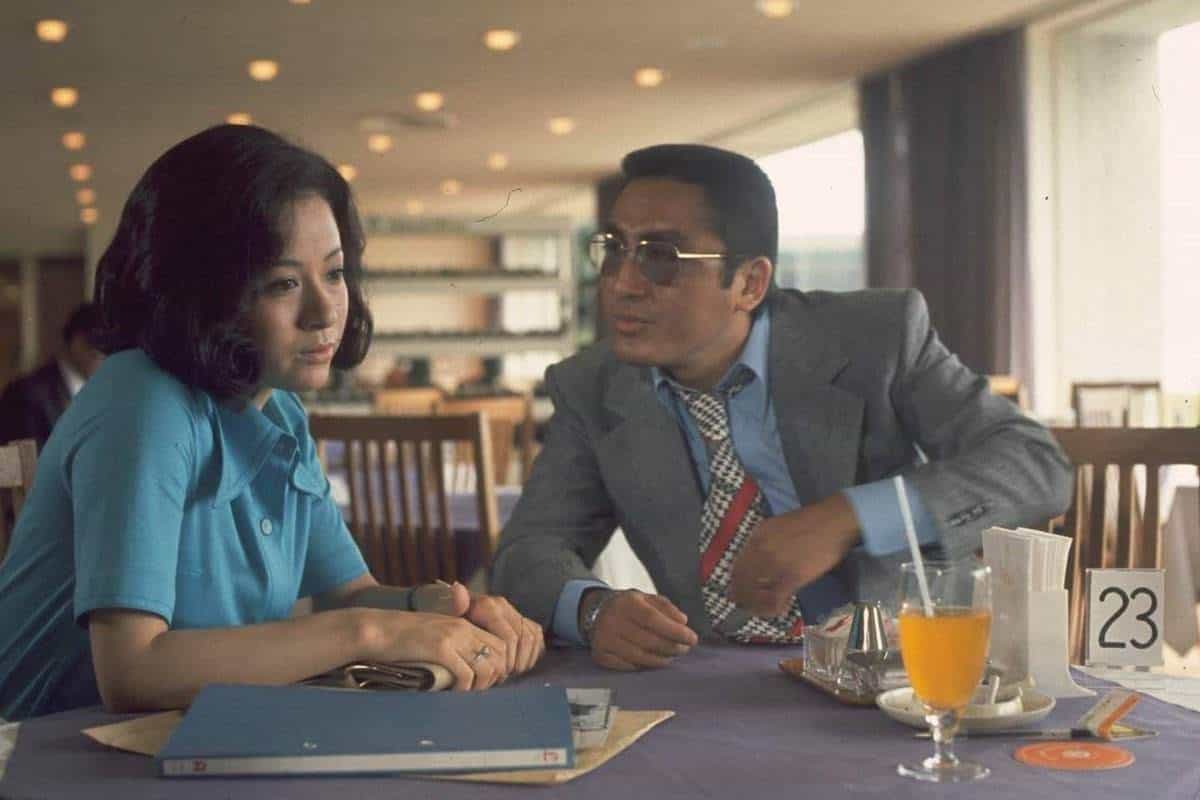
“The Violent Money Network”, also known as “Company Buggers”, is an oddity on this list. While not strictly traditional yakuza fare, it is made very much in the jitsuroku style and focuses on Sokaiya, who are essential financial fixers associated with the yakuza who extort money from companies by extortion or blackmail. Only here, Hiroki Matsukata's lead characters doesn't even shy away from conning and getting money out of the yakuza either. In lesser hands, this could have been quite a dry work but Nakajima makes an energetic movie featuring a starcast including but not limited to Matsukata, Tomisaburo Wakayama, Tetsuro Tamba and Reiko Ike.
4. Okinawa Yakuza War (1976)
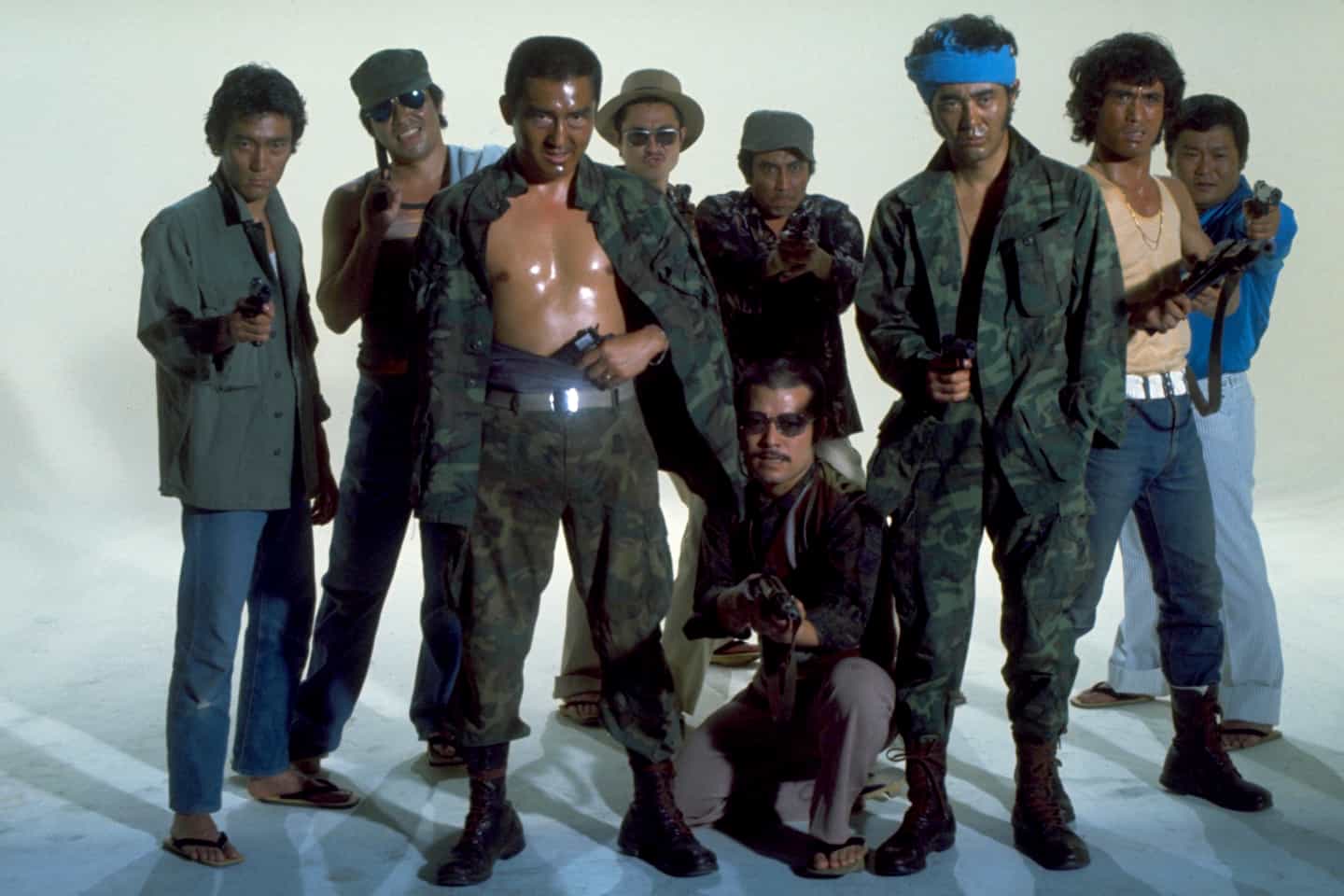
As far as jitsuroku goes, “Okinawa Yakuza War” is Sadao Nakajima at his most chaotic and certainly among the most impressive. Set during the time when Okinawa was handed back to Japan, the story follows the turf wars that break out when mainland syndicates aim to take over and facilitates for one hell of a performance from Sonny Chiba, who dials it up to 11 for a truly unhinged performance that ranks amongst his very best. Hiroki Matsukata too is equally impressive in a feature that shows an excellent chemistry between the two heavyweights.
5. Authentic True Account: Osaka Shock Tactics (1976)
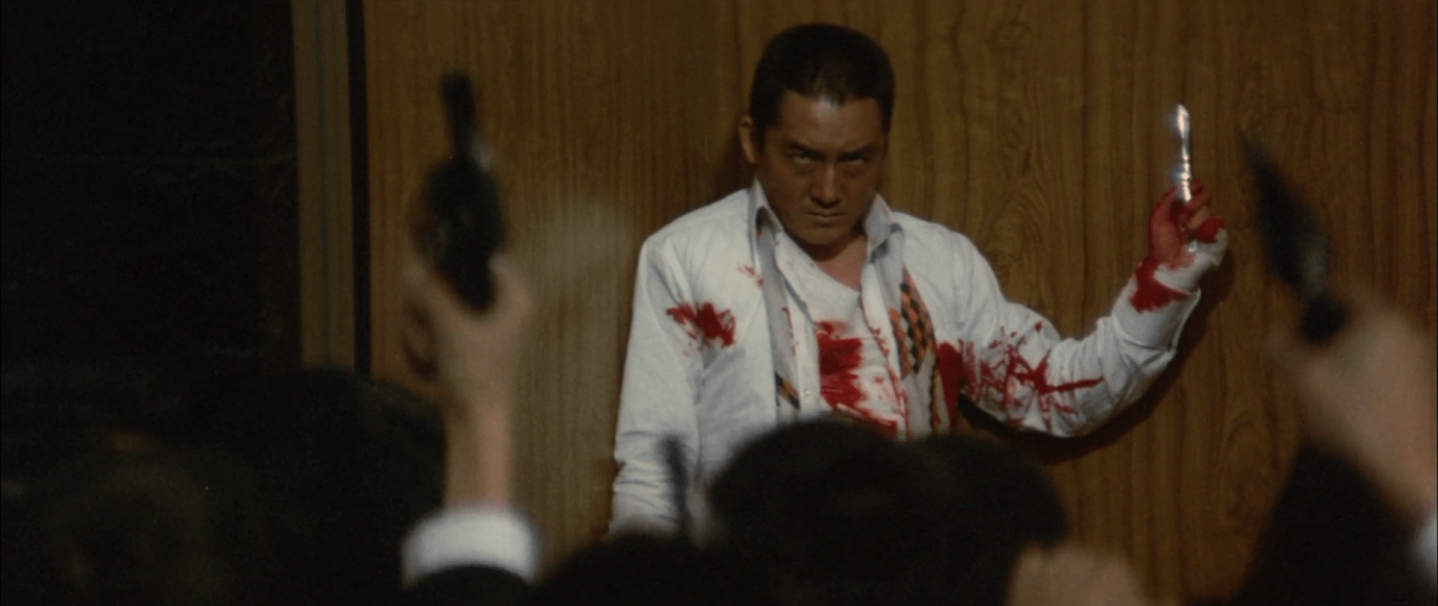
Working almost like Nakajima's unofficial entry in Fukasaku's “Battles Without Honor and Humanity” series, “Osaka Shock Tactics” (also known as “Operation Plazma in Osaka”) begins with an insane scene featuring Takuzo Kawatani drinking sake out of a woman's vagina and rarely lets up in the fun and brutality. Hiroki Matsukata once again stars in the lead but he is not alone, as Tsunehiko Watase also impresses in a story that is based on real gang war from 1960. There's a lot of style and flair on display here, with some really inspired cinematographic choices implemented to add to the mayhem ensuing on screen.
6. Japan's Don (1977)

Arguably Nakajima's most well-known yakuza film, such as they are, “Japan's Don” is his answer to Copolla's “The Godfather” and Fukasaku's “Battles Without Honor and Humanity” series. The feature came at a time when the jitsuroku was dying a slow death but Nakajima's ambitious first part to his “Japan's “Nihon no Don” trilogy assembles the who's who of the Toei actor roster for a very richly developed complete look at the workings of the Japanese underworld, with an unforgettable scene that unmistakably has to be a nod to the “Horse's Head” scene from the first “The Godfather”. If there is one Nakajima film that's begging for a new physical release to reach a much wider audience, it is “Japan's Don”, which has the potential to be an instant classic if it was available widely.
7. Domineering (1982)
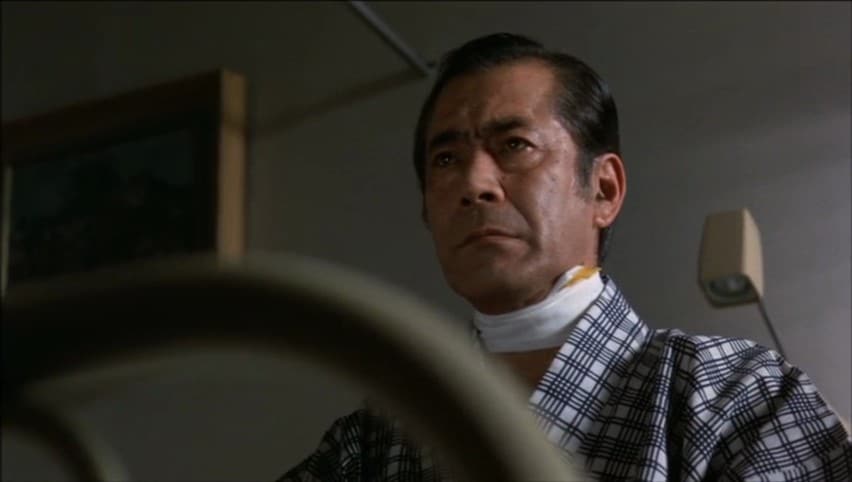
Toshiro Mifune made very few appearances in Toei films and one of them was in Sadao Nakajima's “Domineering”. What's even more impressive is that you don't see an actor upstage the legendary actor but that is exactly what Mariko Okada does as the wife to Mifune's Masao Todokora. The feature does at times feel less like a Yakuza film and more like a drama set within a Yakuza family, but that is not to say that it is without some wonderfully brutal moments and some inspired, memorable sequences of shootings and ambushes.
8. 1750 Days of Turbulence (1990)
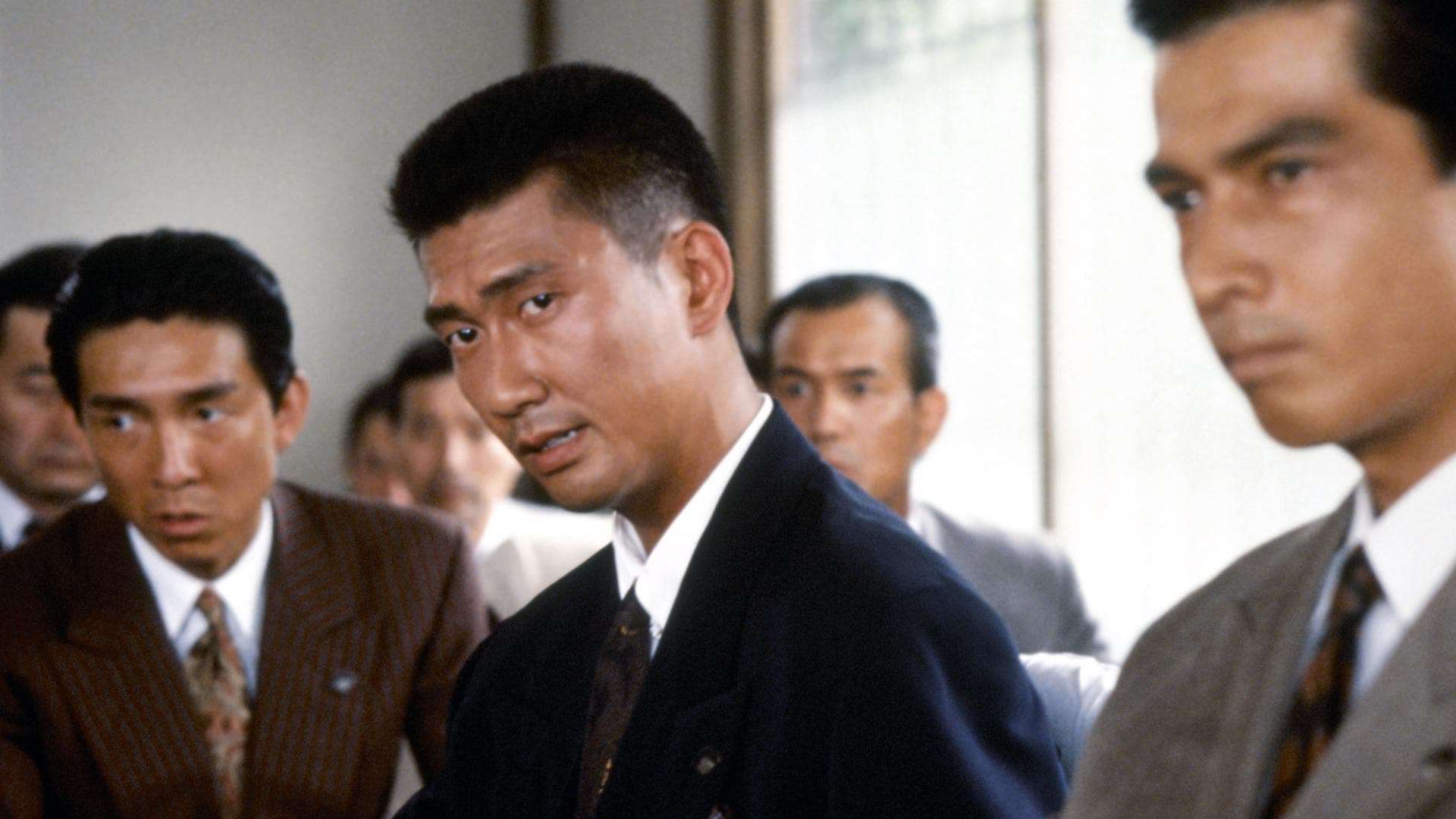
Another feature about the politics in play to appoint the successor of a big crime syndicate, one could be forgiven for writing “1750 Days of Turbulence” off as a product past its time, having been made in 1990 when jitsuroku were no longer being favoured (the film in fact begins with a “bears no resemblance to actual events and people” message when actually being based on actual yakuza wars from the 80s). But Nakajima directs the film on a grand scale, which builds up to a glorious second half that reminds of all the best things about 70s yakuza cinema brought into the modern era, with blowtorches and driveway shootings adding to the mayhem. Action fans, along with of course fans of the yakuza genre, would be best pleased with this one.
9. Yakuza Warfare (1991)
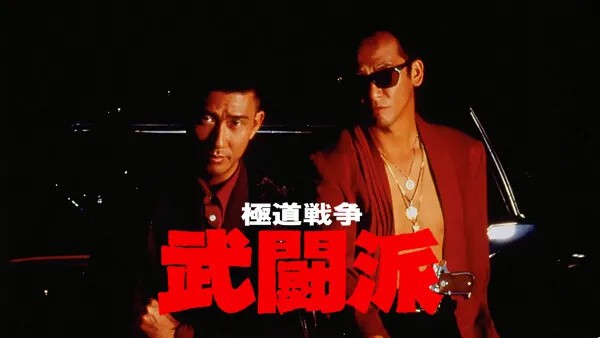
Even bootlegged, “Yakuza Warfare” doesn't exist in the best of quality, but this late Yakuza melodrama focuses on two families going to war over a land deal. Kiichi Nakai, who was also the lead in Nakajima's previous effort “1750 Days of Turbulence” once again turns up with an impressive performance, while Toei vets Tetsuro Tamba and Sonny Chiba make special appearances. In the hands of a different, less able director, this could have been a chore but Nakajima directs this in his usual style, handling genre elements effectively to make it enjoyable viewing.
Yakuza Ladies Revisited (1991)

Kickstarting a new series, this was yet another Nakajima work released in 1991 and focused on the ladies of the yakuza family, despite having a male lead character. A gorgeous production featuring top notch costume and set design particularly, this works more as a character study that briefly breaks at times for some sprinkled genre action sequences. Nakajima would return to the series to direct the fifth and final entry as well.



